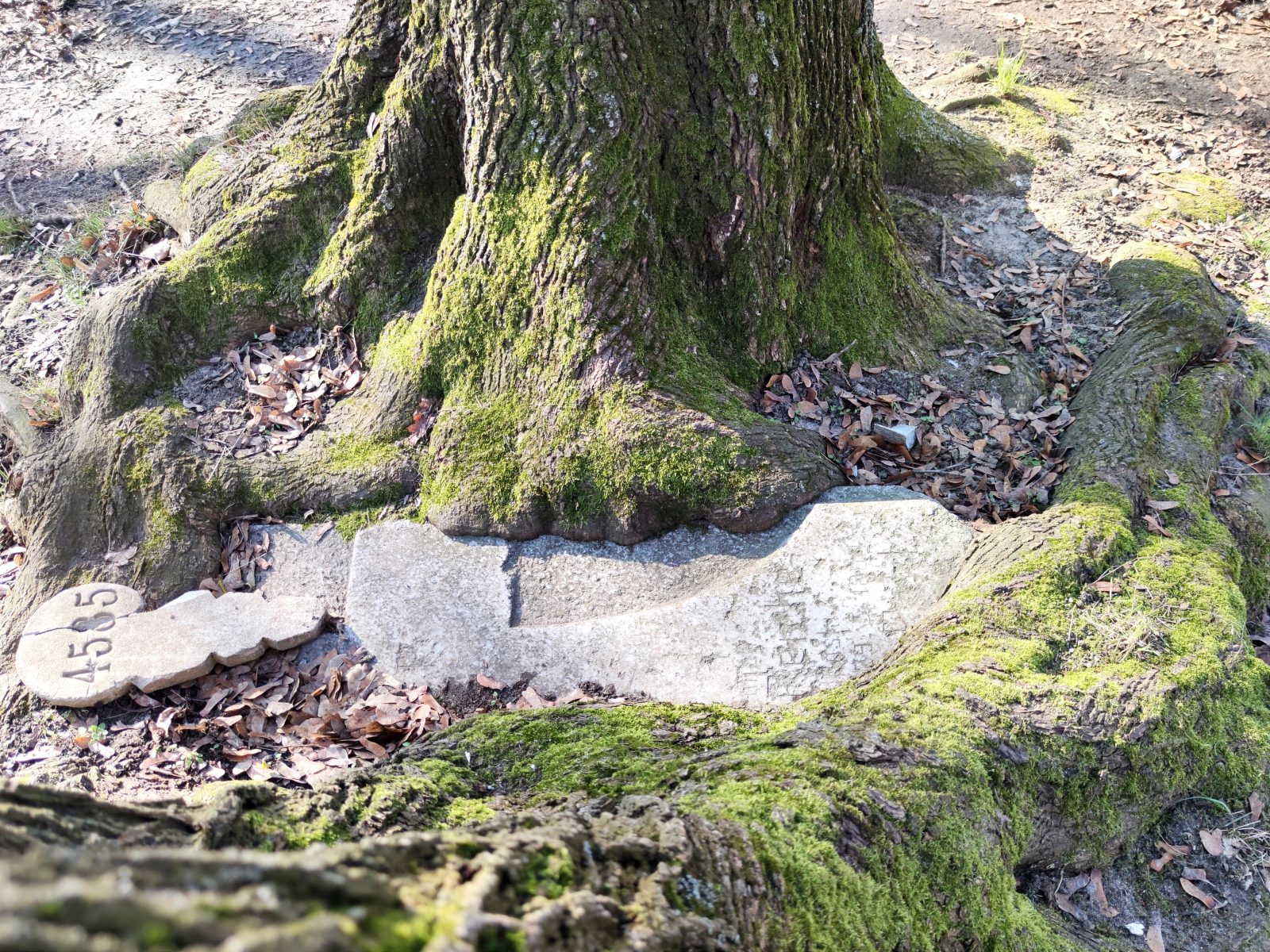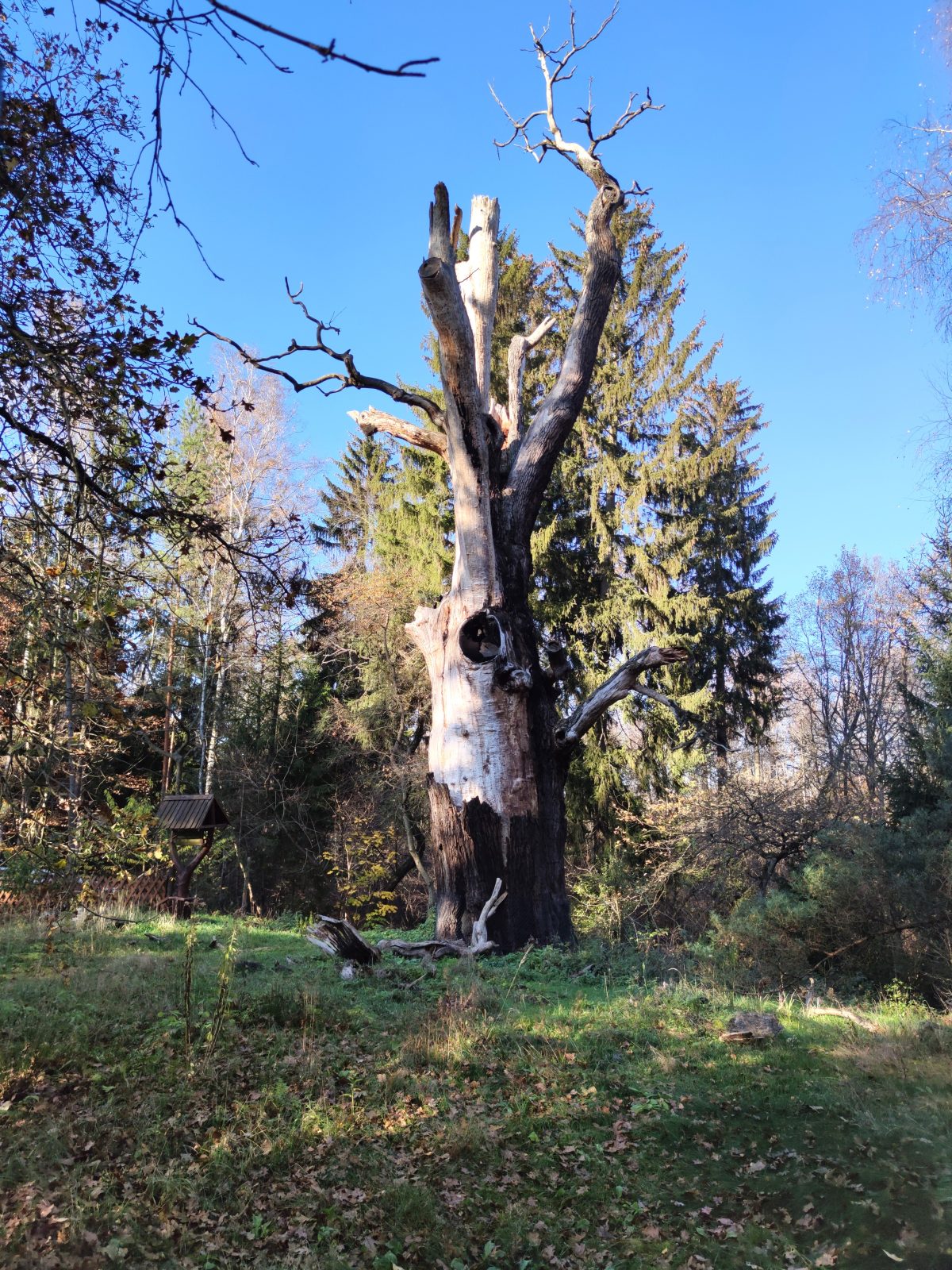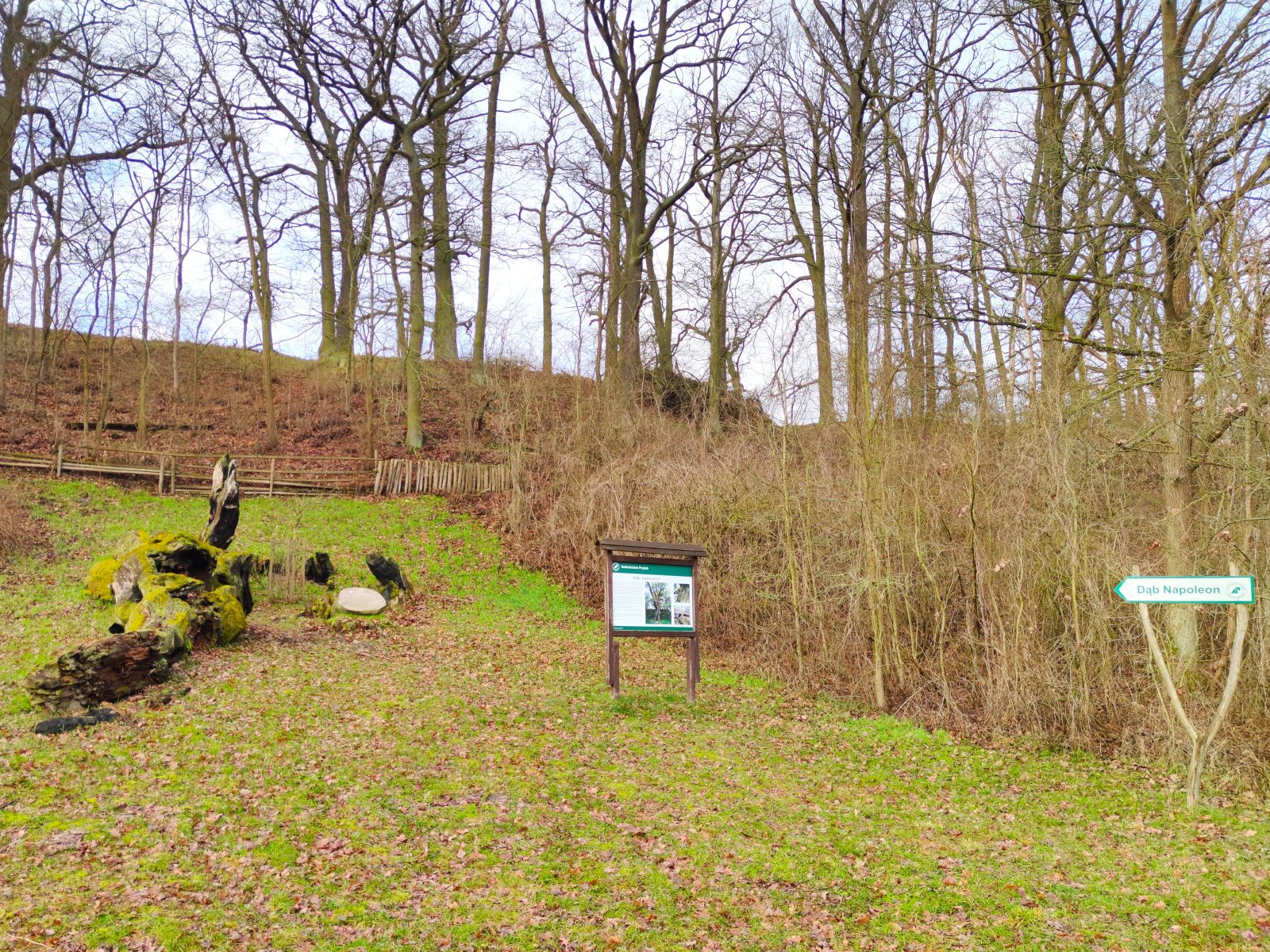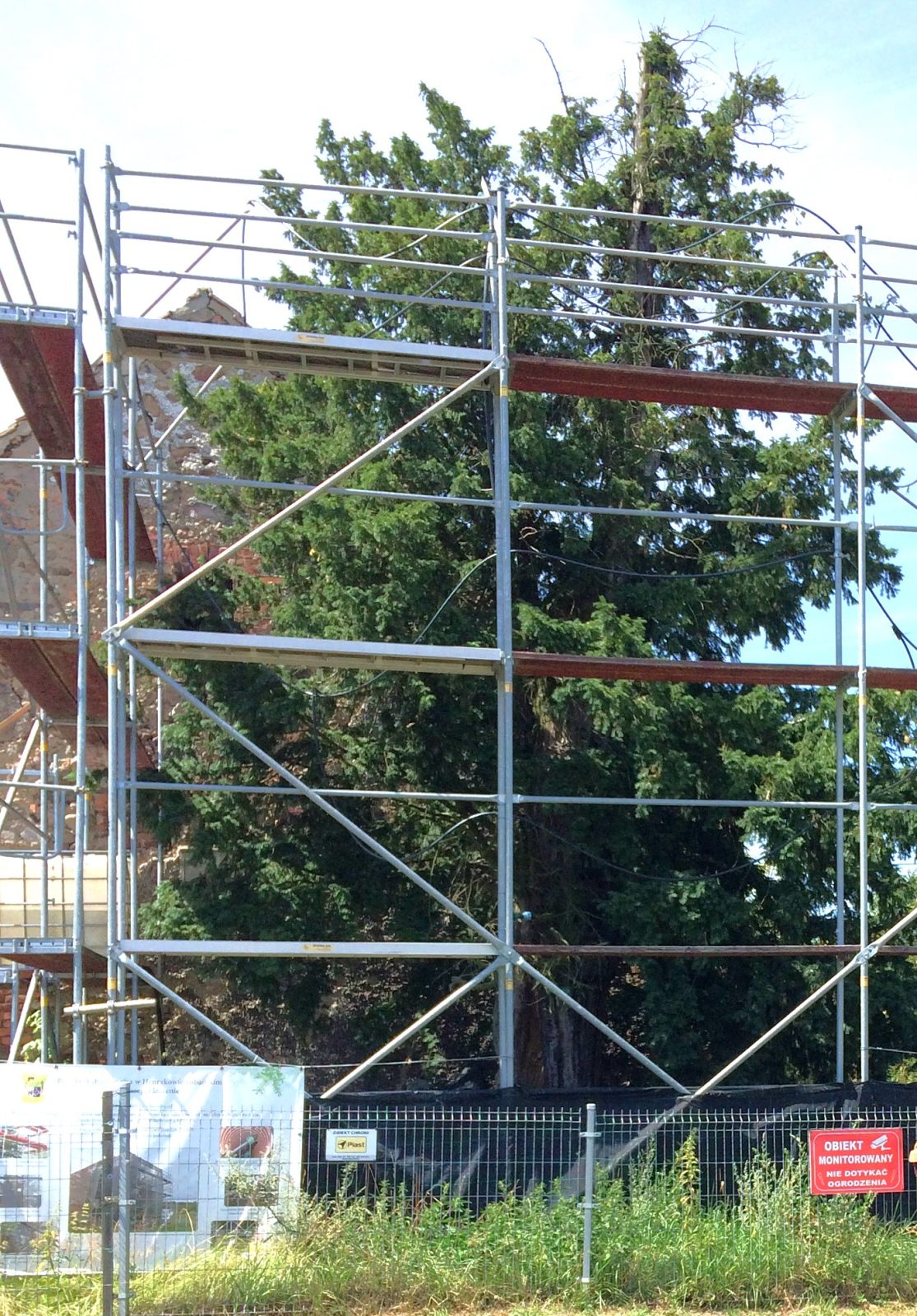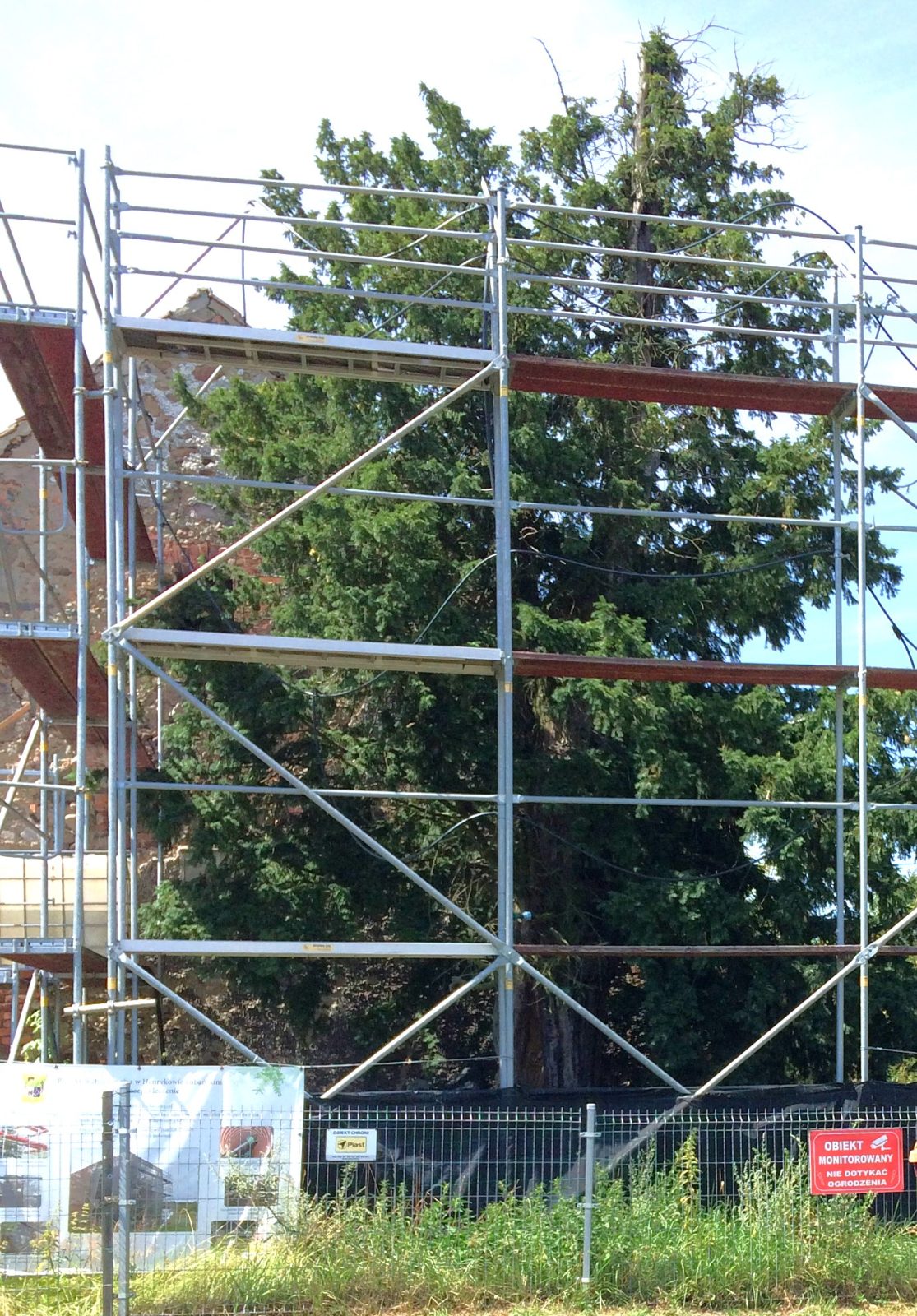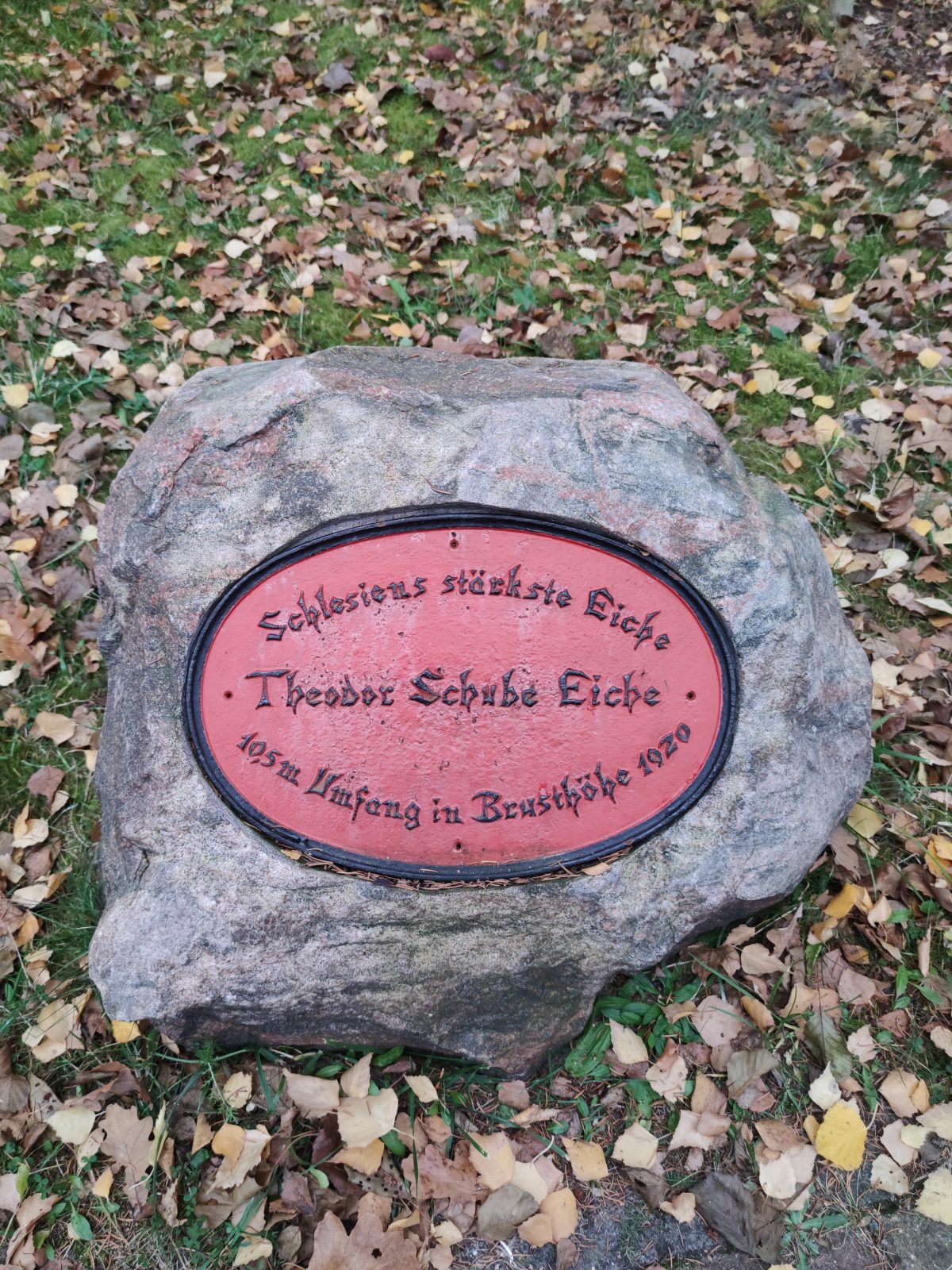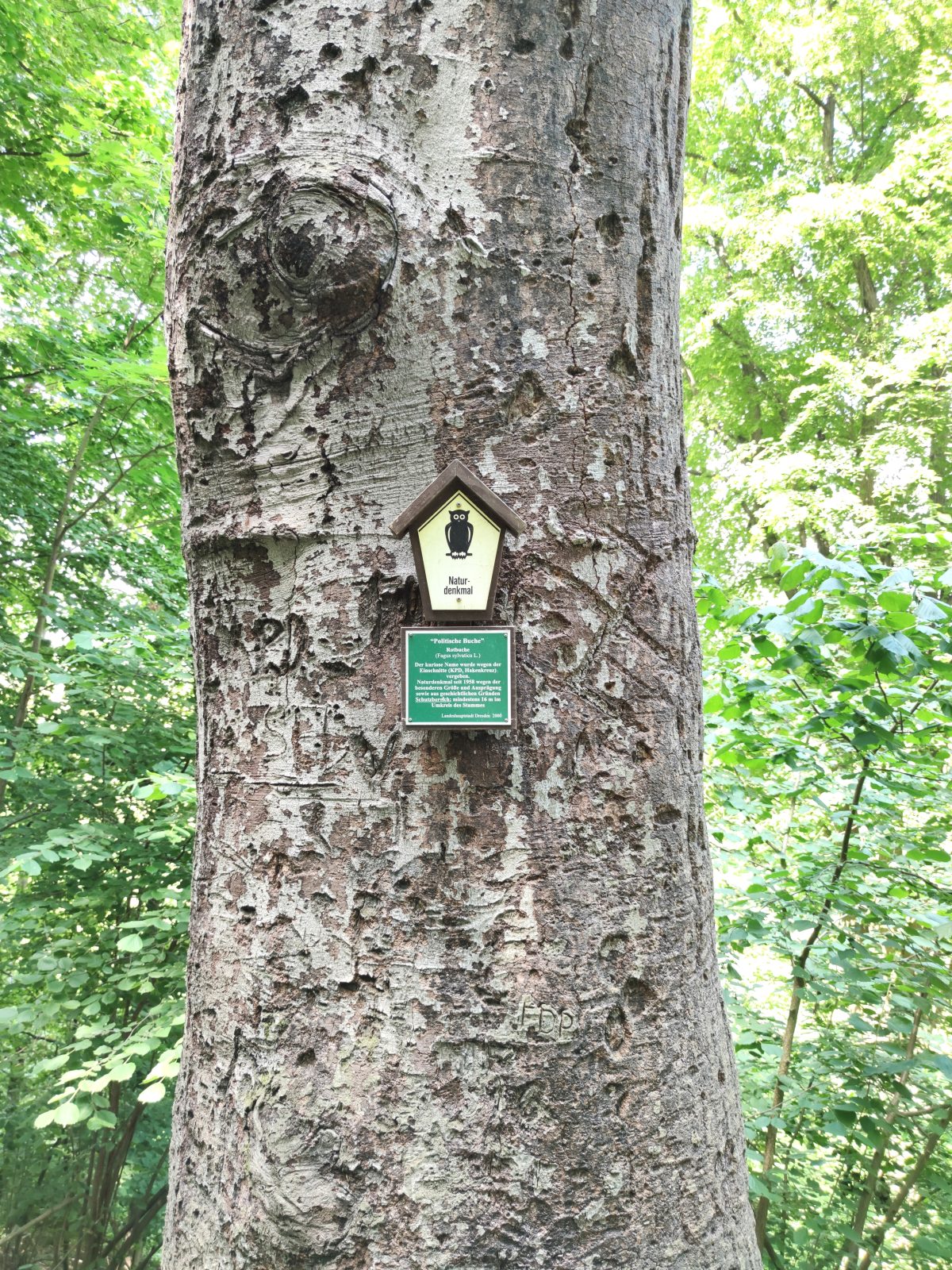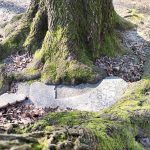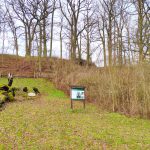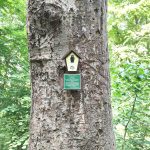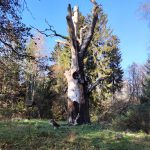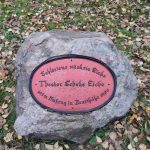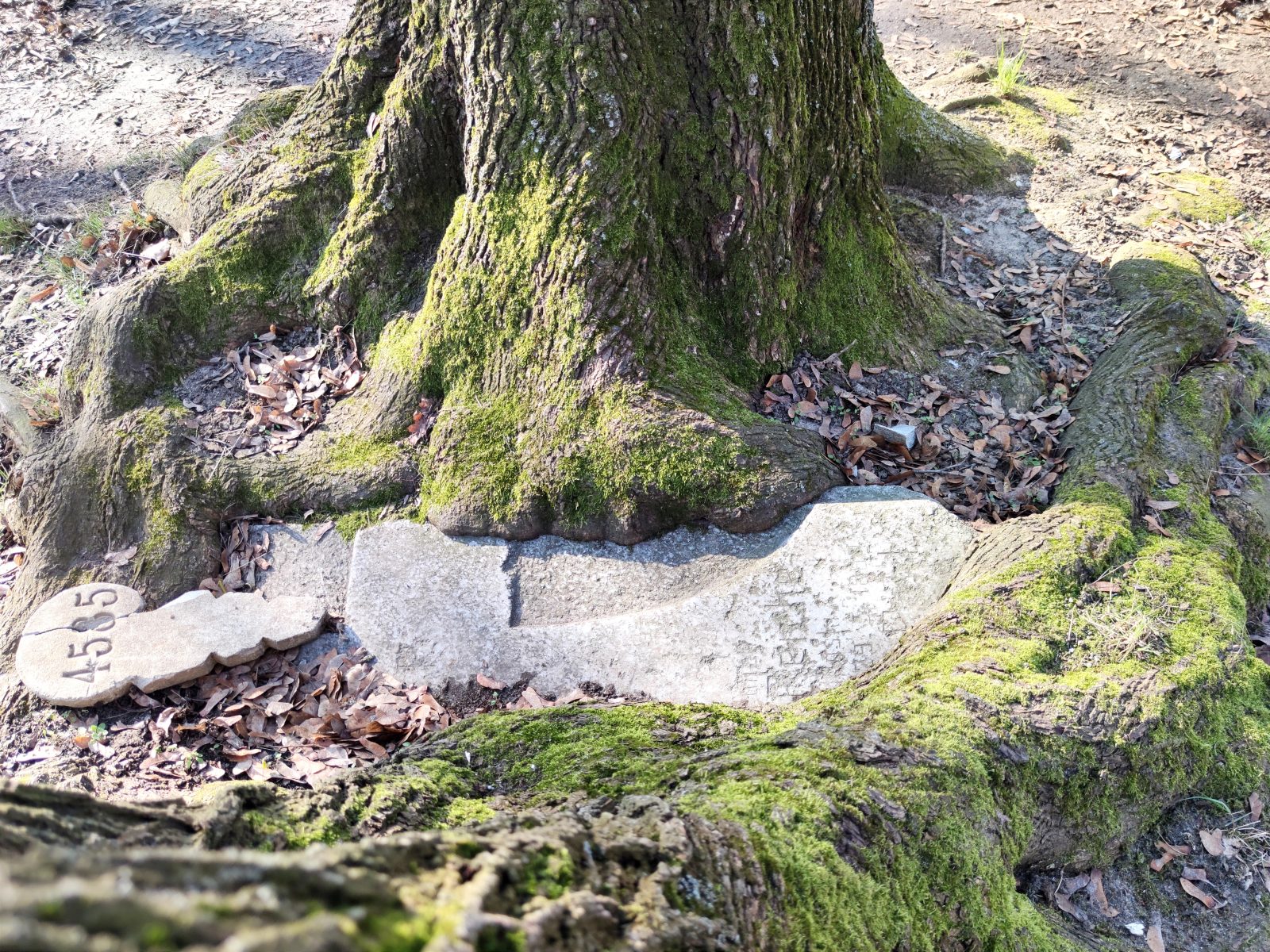
10 October World Tree Day – Dendrohistories by prof. Wojciech Browarny
The Breslau botanist and teacher Theodor Schube (1860-1934) was not an office researcher. For 40 years he covered more than 120,000 kilometres by bicycle and on foot. Very successfully. In 1904 he published the monumental ‘Flora von Schlesien preussischen und österreichischen Anteils’ in the distinguished Korn publishing house, and two years later the ‘Book of Silesian Forests’. I walked and cycled (also by bicycle) in his footsteps to see with my own eyes the oldest, thickest and most valuable trees of the region, and above all to describe their significance in culture and collective memory. I call this dendrochronology .
Here are some of them
The oldest tree in Poland is, of course, not the Bartek oak, but the Henrykowski yew, which grows in Henryków Lubański in the Lower Silesian Voivodship on the relict border between Silesia and Lusatia. It is already about 1270 years old. Its trunk was damaged by Cossacks during the Napoleonic wars and by Soviet artillery in 1945. In 1989, during a gale, ‘Henry’ lost a solid branch. What a story! This tree, almost forgotten after the Second World War, combines the most valuable cultural and natural heritage.
The thickest oak tree in Silesia and post-war Poland was Napoleon, growing in Zaborze near Zielona Góra. This magnificent tree, which formerly bore the name of Schube and had a breast height (girth at breast height of an adult) of over 10 metres, was set on fire in 2010. However, foresters found a plaque for this specimen, which was displayed in the Botanical Garden in Zielona Góra. Four years later, the Chrobry Oak, an equally impressive Silesian natural monument in Piotrowice near Przemków, also fell victim to arson, and was also associated with a Napoleonic legend, or rather an anti-Napoleonic one, as it was linked to the Prussian collective memory.
The symbolic exchange of patronymics in the 20th century is neither unusual nor new. In the so-called Recovered Territories after 1945, not only cities, villages, rivers or mountains, but also monumental trees were renamed. In Silesia, King Friedrich II, known as the Great, and Queen Louise, for example, were replaced by lords and queens of the Piast dynasty. This symbolic operation was intended to ensure the ‘rooting’ of Prussianness and then Polishness in the region. Fortunately, the ‘purge’ was not total. A cast-iron linden of the Prussian king still stands in Podles, erected on the site of the tree to which Frederick, after the Battle of Burkatov in July 1762, is said to have tied his horse. If we are not afraid to enter the private courtyard, we can still read the inscription in German: ‘Already broken trunk to which you tied your horse Frederick! However, the memory does not fade with the passing of time’.
However, dendrochronology is not only about trees, so to speak, of royal or imperial rank. It took me the most trouble to reach the Political Beech, which grows in the Niederwarth district (Kleditschgrund) on the outskirts of Dresden. On a steep and densely overgrown slope, I searched for this tree for almost a whole day. It was well worth it. The political history of the 20th century was physically and symbolically ‘written’ on its trunk. The three arrows of the Iron Front are partly covered by a swastika, and next to it you can see the acronyms KPD (Kommunistische Partei Deutschlands), SED (Sozialistische Einheitspartei Deutschlands) and, probably added after German unification, FDP (Freie Demokratische Partei).
But you don’t need such excursions to experience dendrohistory in person. In the former cemeteries of Wrocław, turned into parks after World War II, there are trees that guard the continuity of the place’s memory. In the General Władysław Anders Park, a fragment of a grave stele has been preserved, wedged between the trunks that line the stone slab. If not for this, it would have been removed like the others. Its inscription shows that it commemorated the sisters Melania Reiche and Franziska Pohl, née Lachinski. This is perhaps a sign of the times. More and more magnificent trees are receiving so-called social dedication and bear the names not of rulers or politicians, but of female scientists, environmentalists or simply local residents who have cared for them over the years.
Dendrochronology is a part of environmental humanities that shows how we are interdependent: people, trees, cultural landscape, natural heritage and collective memory.
Prof. Wojciech Browarny, Department of Polish Literature of the 20th and 21st centuries, Institute of Polish Studies, Faculty of Letters, University of Wrocław
T. Schube, Flora von Schlesien („Flora Śląska”), https://www.biodiversitylibrary.org/item/39919#page/5/mode/1up
T. Schube, Waldbuch von Schlesien („Księga lasów Śląska”), https://91.220.103.13/dlibra/publication/edition/10682
W. Browarny, Anatomia nowoczesnego regionu. O związkach środowiska, kultury i pamięci, Wyd. Uniwersytetu Wrocławskiego, Wrocław 2023.
Wielokulturowo o(d)czarowani – prof. W. Browarny “Nie tylko o Śląsku” (youtube.com)
